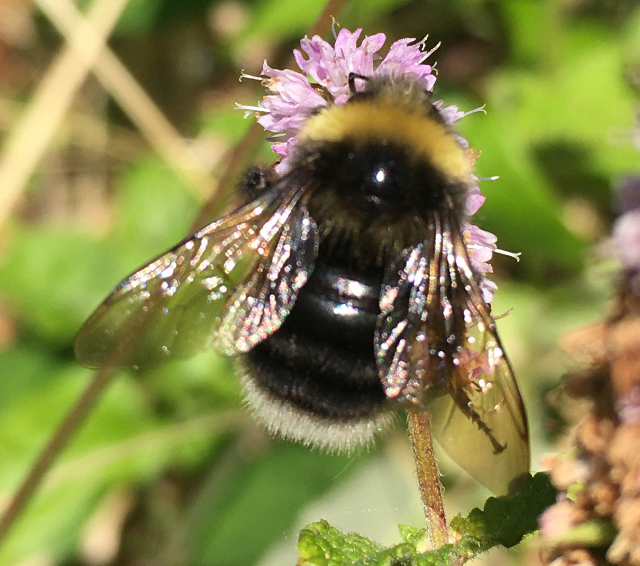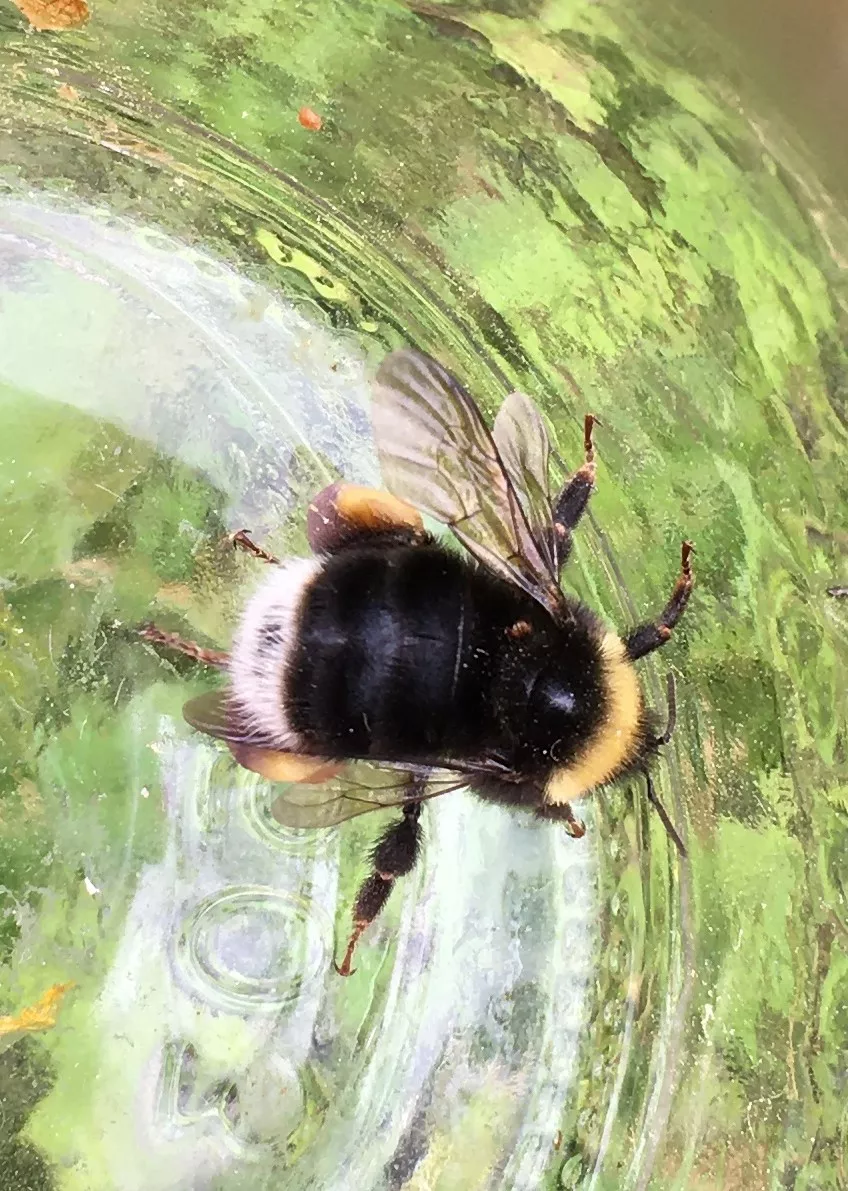An endangered native bee species thought to be locally extinct was recently rediscovered on Western’s campus by Audrey Mechtenberg, ’21, B.S., environmental science.
Known taxonomically as “bombus occidentalis,” the western bumblebee once flourished across the West Coast and its range stretched as far east as Montana. But between 1998 and 2018, western bumblebee populations dropped 93 percent in this region; only occasional pockets of sightings remained.
Although spotting a western bumblebee was believed to be unlikely, Mechtenberg set out on an independent senior project last year in the hopes of spotting one.
“When I was speaking with some professors on campus they told me, ‘We haven’t seen a western bumblebee here for years and years and years,’ ” Mechtenberg says. “I was disappointed, so I didn’t get my expectations up.”
Then, two months into her seven-month project, a western bumblebee drifted across Mechtenberg’s path, right there among WWU’s blooming rhododendrons.
“I feel like I kind of have an intuition when it comes to these sightings,” Mechtenberg says. “You have to have a really quick eye to know what you’re looking for, and I just knew as I was staring at this rhododendron that something was there. Sure enough, a western bumblebee just flew right in front of me.” Over the next four months, Mechtenberg recorded five more sightings of the western bumblebee on campus. Six sightings in one season, while certainly a slim number, offers a glimmer of hope for this species.
“Audrey’s sightings, and also some from King County and elsewhere on the coast, show that the species is struggling to make a comeback, but the odds are stacked against it,” says Anu Singh-Cundy, associate professor of biology and Mechtenberg’s research supervisor.
Mechtenberg’s work serves as not only a jumping-off point for the recovery of this species, but also helped identify multiple local threats to native bee species.

